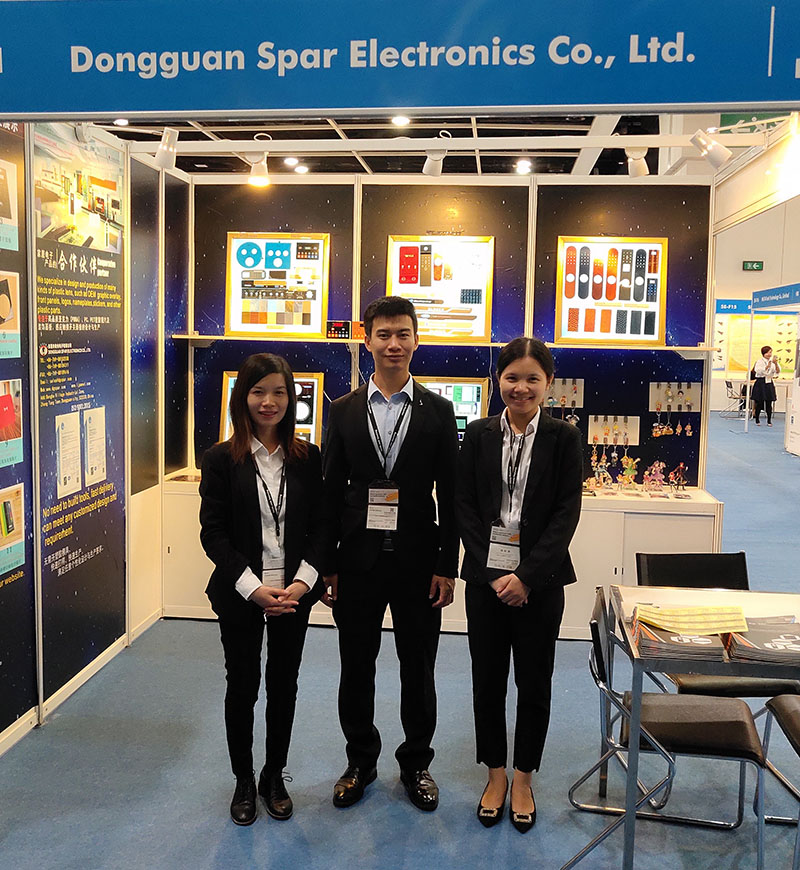

Photo courtesy of Lowell National Historical Park/Higgins & Ross The Worker, a part of the Lowell Public Art Collection, which commissions contemporary artists to honor the city's history as a mill town. One of the earliest projects was to convert a historic mill complex into artist studios, inspired by the Torpedo Factory in Alexandria, Virginia. The Park and Preservation District became a focal point for performances and cultural entities, many of which the commission supported.

"It was a terrific opportunity to spark a kind of cultural renaissance in the city," Marion said. His role was to help implement cultural programming in the new national park. Today the executive director of Community and Cultural Affairs at the University of Massachusetts Lowell, Marion began his service to the city in 1981 when he joined the Lowell Historic Preservation Commission. Paul Marion, who is married to Noon, is another Lowellian who has dedicated his life to championing his hometown. Photo courtesy of Lowell Folk Festival/Higgins & Ross The Worcester Kiltie Pipe Band performs during the annual Lowell Folk Festival. Senator Paul Tsongas, a Lowell native, whom Noon remembers as the first to consider Lowell's history an asset rather than a source of embarrassment. Four years later, Patrick Mogan, then the city's superintendent of schools, successfully completed the campaign to secure an additional $40 million in federal funding to create one of the nation's first urban national parks. This seed money helped spark a multi-decade effort to restore the 5.6-mile canal system that once powered the city's mills. Among the earliest funding for this nascent project was a $30,000 grant from the National Endowment for the Arts in 1974. Rather than follow the conventional raze-and-rebuild notion of urban renewal, the park would celebrate and preserve Lowell's history as an industrial powerhouse. Noon points to the creation of the Lowell National Historical Park as a pivotal moment in the city's story. In 1988, she became Lowell's first director of cultural affairs, and is today the assistant director of Lowell Plan, Inc., a not-for-profit that facilitates local development by fostering public-private partnerships. "You would never say that you were from Lowell because it had, at that point, a troubling reputation and nothing optimistic about it." Noon went on to dedicate her career to revamping this reputation. "If you were away in college and somebody asked where you were from, you would say 'North of Boston,'" said Rosemary Noon, a Lowell native who grew up in the 1960s and '70s. Being the birthplace of Jack Kerouac and James Whistler meant little when faced with those statistics. In 1976, the population had dipped from six figures to 92,000, and unemployment reached 13 percent, the highest of any city in Massachusetts.

The looms grew still, the mills were abandoned, and the following decades were marked by widespread urban decay. Although the city once roared with 10,000 looms, the local economy collapsed once cotton manufacturing began to migrate south in the 1920s. Lowell, Massachusetts, has long passed its 19th-century heyday as the largest planned industrial center in the United States.


 0 kommentar(er)
0 kommentar(er)
